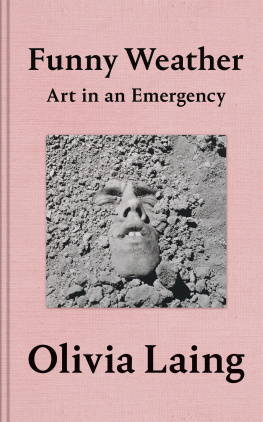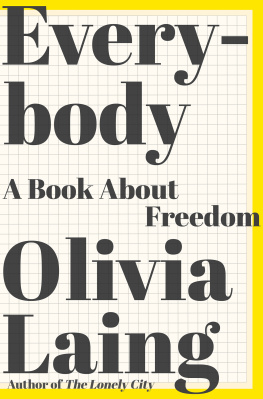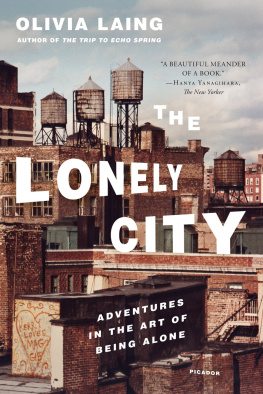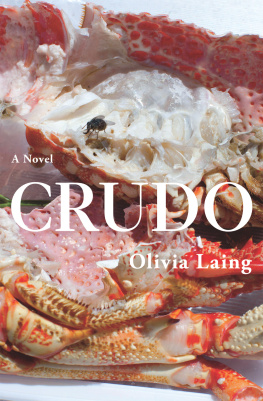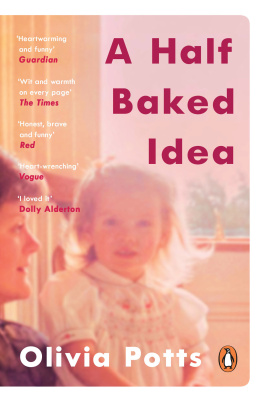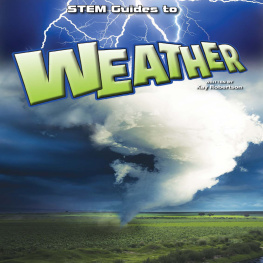The Abandoned Persons Tale was commissioned by Refugee Tales and first published in Refugee Tales II (Comma Press, 2017).
Vanished into Music: Arthur Russell was commissioned as a documentary by Radio 3.
A slightly different version of A Conversation with Joseph Keckler was commissioned by and first published in BOMB No. 143, Spring 2018. Bomb Magazine, New Art Publications, and its Contributors. All rights reserved. The BOMB Digital Archive can be viewed at www.bombmagazine.org.
THANK YOU
Rebecca and PJ, superstars always. Everyone at Janklow, particularly the magnificent Kirsty Gordon.
Everyone at Picador, especially dream team Paul Baggaley, Kish Widyaratna and Paul Martinovic.
Jill Bialosky, Drew Weitman and all at Norton: thank you. Special thanks to Kelly Winton for her wonderful cover design.
Wendy Olsoff and all at P.P.O.W. for letting us use the magical photograph of David Wojnarowicz.
All my editors over the years, and especially those who have given long-term homes to my writing: Jennifer Higgie at frieze; Paul Laity, Nick Wroe and Liese Spencer at Guardian Review; Tom Gatti at the New Statesman; Jenny Lord.
Several of these essays are about shows at the Tate: my thanks to Frances Morris, Andrew Wilson and Catherine Wood for answering questions. Thanks too to Martin Williams, my producer on Vanished into Music, and to the Jarman estate, especially Tony Peake and James Mackay, for their kindness. Special thanks to Anna Pincus, David Herd, and all at Refugee Tales and the Gatwick Detainees Welfare Group, for inviting me to contribute and for the brilliant, necessary work they do.
My friends, who have introduced me to material, read early work, collaborated on projects, talked endlessly, and sometimes served generously as subjects too: David Adjmi, Matt Connors, Jon Day, David Dernie, Jean Hannah Edelstein, Tony Gammidge, Philip Hoare, Chantal and Esme Joffe, La JohnJoseph, Lauren Kassell, Joseph Keckler, Mary Manning, Leo Mellor, Jack Partlett, Charlie Porter, Rich Porter, Francesca Segal, Ali Smith, Lili Stevens, Claire Williams, Carl Williamson, Matt Wolf, Sarah Wood, thank you.
My sister, Kitty Laing, who introduced me to Derek Jarman aged eleven. My father, Peter Laing, who taught us to look at art.
Denise Laing, hero
Ian Patterson, love
A Spell to Repel Ghosts
JEAN-MICHEL BASQUIAT
August 2017
IN THE SPRING OF 1982, a rumour started swilling around New York. The gallerist Annina Nosei had some kind of boy genius locked in her basement, a black kid, twenty-one, wild and inscrutable as Kaspar Hauser, making masterpieces out of nowhere to the accompaniment of Ravels Bolro. Oh Christ, Jean-Michel Basquiat said when he heard. If I was white, they would just call it an artist-in-residence.
These were the kind of rumours he had to work against, but the wild, untutored kid was also a deliberate myth Basquiat constructed about himself, part canny bid for stardom, part protective veil, and as much a way of satirising prejudice as the African chieftain outfits hed later wear to the parties of wealthy white collectors. His paintings started coming right at the moment that the East Village was shifting from a burnt-out wasteland inhabited by heroin addicts to the epicentre of an art boom. There was a monetisable glamour to being a down-and-out prodigy just then, and he made up out of the whole cloth of his childhood experience all kinds of patchworked, piecemeal selves, playing off peoples expectations of what a grubby, dreadlocked, half-Haitian, half-Puerto-Rican young man might be capable of.
He was a street kid, true, a teen runaway whod slept on benches in Tompkins Square Park, but he was also a handsome, privileged boy from a Park Slope brownstone whod gone to private school, followed by a stint at City-As-School, a destination for gifted children. Though he didnt have a formal art education, he and his mother Matilde had been frequenting museums since he was a toddler. As his girlfriend Suzanne Mallouk recalled of a trip to the Museum of Modern Art, Jean knew every inch of that museum, every painting, every room. I was astonished at his knowledge and intelligence and at how twisted and unexpected his observations could be.
When Basquiat was seven, a car hit him while he was playing basketball in the street in Flatbush. He spent a month in hospital with a broken arm and internal injuries so severe his spleen had to be removed. The gift his mother gave him then, a copy of Grays Anatomy, became his foundational text and talisman. He loved discovering the orderly interior architecture of the body, but he also loved the way a living thing could be reduced to the clean lines of its component parts; scapula, clavicle, three views of the shoulder joint. Later he would be similarly drawn to collections on cave art, hieroglyphs and hobo signs, the universe resolved into elegant pictorial symbols that encoded complex meanings.
1968 was a year of ruptures. Around the time he got out of hospital his parents separated and his father got custody. Disintegration and rearrangement: these are the bad feelings that lurk at the back of all those endless diagrams he made, obsessively recounting and relating the disparate things of the world, though whether he was trying to uphold order or testifying to its impossibility is not always easy to ascertain.
As a boy Jean-Michel made cartoon versions of Hitchcock films, but in the blackout year of 1977 he graduated to making his mark on the skin of New York itself. He came to prominence first not as a painter, but as a graffiti artist, part of the duo SAMO, short for same old shit, who bombed the walls and fences of downtown with enigmatic phrases. A bebop insurgent, he travelled the nocturnal city with a spray-can in his overcoat pocket, attacking in particular the high-art zone of Soho and the Lower East Side. ORIGIN OF COTTON, he wrote outside a factory, in his distinctively loose-jointed capitals, no spines on the Es, SAMO AS AN ALTERNATIVE TO PLASTIC FOOD STANDS. The statements were so poised in their assault on art-world inanities that many observers believed they were by a disaffected conceptual artist, someone already famous. SAMO FOR THE SO-CALLED AVANT GARDE. SAMO AS AN END TO THE POLICE.
There is a graphomanic quality to almost all of Basquiats work. He liked to scribble, to amend, to footnote, to second-guess and to correct himself. Words jumped out at him, from the back of cereal boxes or subway ads, and he stayed alert to their subversive properties, their double and hidden meanings. His notebooks, recently published in a facsimile by Princeton University Press, are full of stray phrases, odd or sinister combinations, like CROCODILE AS PIRATE or DO NOT DRINK / STRICTLY FOR / SUGARCANE. When he began painting, working up to it by way of hand-coloured collaged postcards, it was objects he went for first, drawing and writing on refrigerators, clothes, cabinets and doors, regardless of whether they belonged to him or not.

